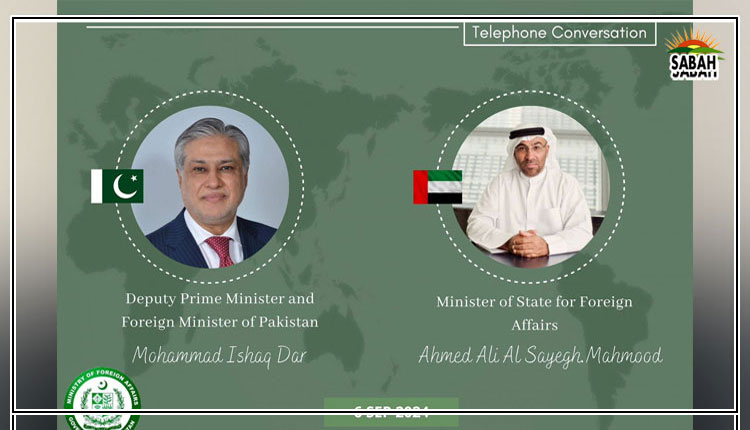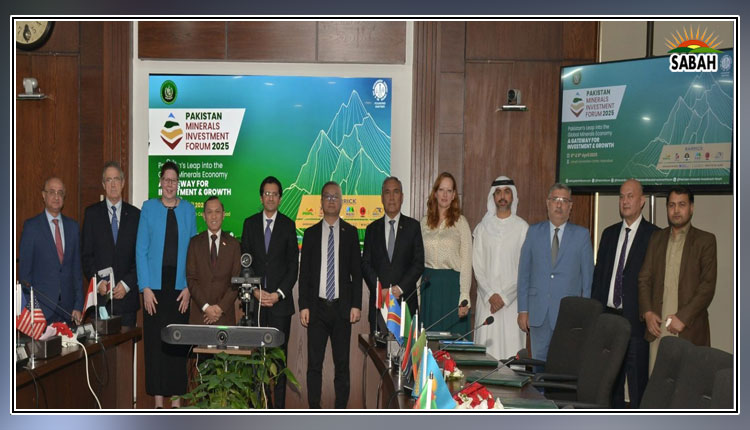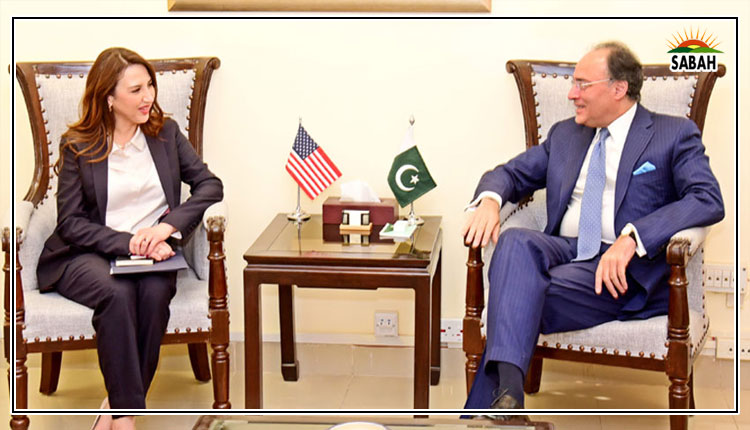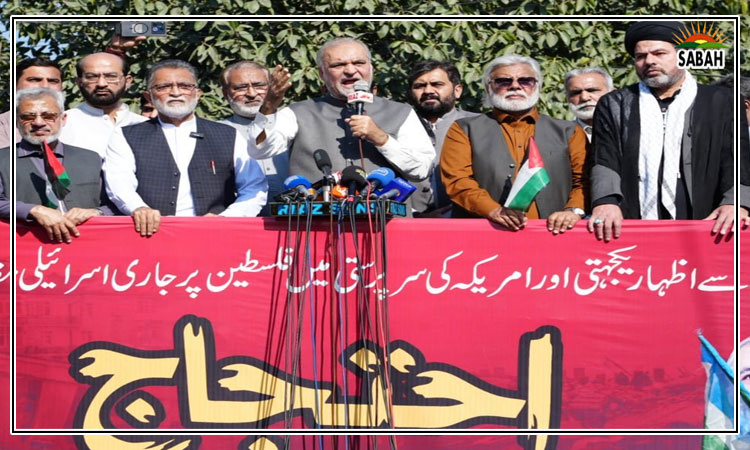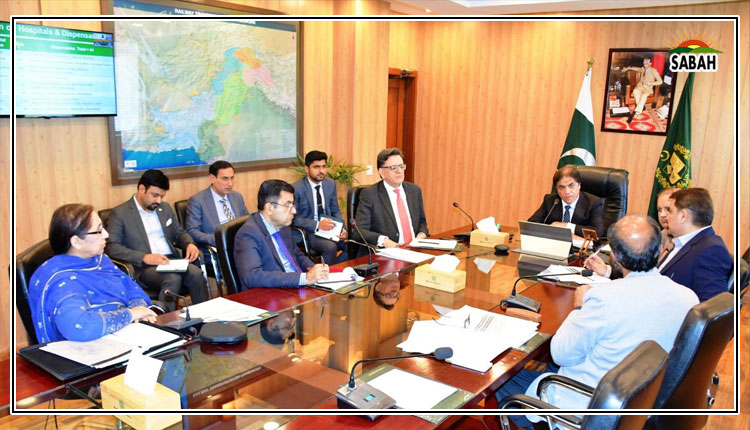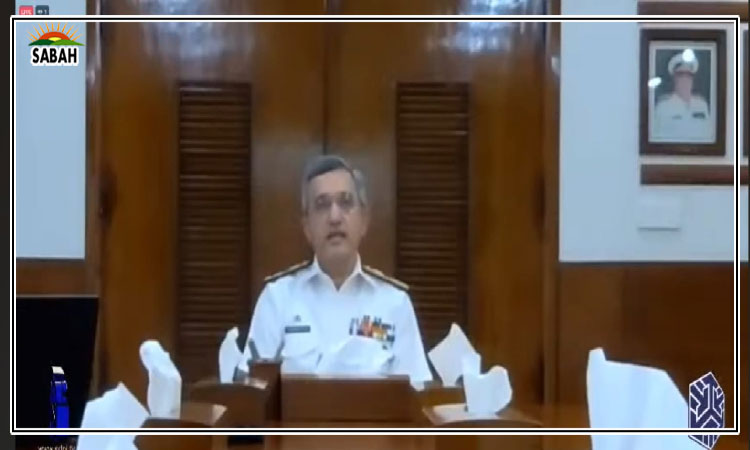Pakistan’s image….Aizaz Ahmad Chaudhry
THE world around us is changing at a rapid pace. So is our region South Asia. Global and regional geopolitics are profoundly impacting Pakistan’s relevance to today’s world. Domestic political, economic and societal changes have also affected Pakistan’s global standing. Critically, the country has a serious image problem, which makes the world view it with deep concern.
The world is worried that Pakistan continues to suffer from political instability, and lives beyond its means even when its economy is in a shambles. Foreign and domestic investors are nervous about the weakening rule of law and inconsistent policies in Pakistan. All this can change by mustering sufficient political will. However, for now, our economic future remains uncertain.
What surprises our friends is that the country was once a rising star in the developing world. In the 1960s, we were building dams, vitalising our agriculture, and creating development plans that were the envy of emerging economies. Sadly, those days are gone. However, we can certainly take inspiration from the fact that we created an economic miracle once, and should be able to recreate it.
Another lens through which the world views Pakistan is terrorism and extremism. Since 9/11, when the US launched its ‘war on terror’, and Pakistan got dragged into it, we have lost thousands of lives and suffered huge financial losses. But we bravely confronted the menace of terrorism and recovered the ground lost to terrorists. Regrettably, despite these successes and sacrifices, the threat of terrorism continues to hover over us, most recently in the form of TTP, which is using Afghan soil to attack targets in Pakistan.
The priority is to put our own house in order.
To make matters worse, India has launched a relentless campaign to isolate Pakistan, using the mantra of cross-border terrorism. This is ironic. A country that has suffered from terrorism and has spent all its energies fighting it is being accused of cross-border terrorism by a country which is in the news lately for targeted killing on foreign soil.
The world also views Pakistan as a country that has not sufficiently focused on its human resource development. Our population is growing at a much faster pace than the economic resources required to sustain them. We are lagging behind in education, health and other development indices, and rank embarrassingly low on the UN Human Development Index.
Pakistan is situated in a tough neighbourhood with unresolved conflicts and low intra-regional connectivity. The Kashmir dispute continues to bedevil our ties with India, which is seeking to transform itself into a Hindu state. On the western frontier, peace in Afghanistan remains tentative.
If we want the world to view us differently, the top priority is to put our political and economic house in order. Some experts have argued that resources are not an issue as enough savings can accrue by curbing wasteful expenses, subsidies, and exemptions, and by broadening the tax net, and adopting home-grown solutions. It has been argued that capacity, too, is not a hindrance, provided incentives are aligned with national priorities.
Second, Pakistan has a young population. The youth bulge can be an advantage at a time when several leading economies have ageing populations. However, if the youth are not equipped with education and the appropriate skills, this advantage could turn into a liability.
Third, Pakistan has formidable military and nuclear deterrence that can keep it secure against outside aggression. That provides ample space for the leadership to focus its energies on development.
Fourth, our rich cultural heritage and tourism potential must be accorded high priority. Pakistan has an enviable archaeological heritage in Mehrgarh, Mohenjodaro, Harappa, and Gandhara. We are a bastion of several faiths — Hinduism, Buddhism, Sikhism, and Sufi Islam. And we are home to mighty mountains that attract international mountaineers. If we build our tourism around these treasures, Pakistan’s international image will be associated with tourism rather than extremism.
Fifth, Pakistan can also be a hub of connectivity between three vast regions: Indo-Pacific, Central Asia, and West Asia. To optimally utilise this economic geography, Pakistan would need to develop infrastructure and trade connectivity, both north-south and east-west.
Finally, a word about the battle of narratives. Pakistan’s detractors have run campaigns on media and social media spreading negativity. Our academia, think tanks and media houses should be co-opted by the government as its partners to project an image of Pakistan that blunts the stereotypes being created deliberately to distort the reality of this country and its people.
The writer is a former foreign secretary and chairman of Sanober Institute Islamabad.
Courtesy Dawn, December 10th, 2023


